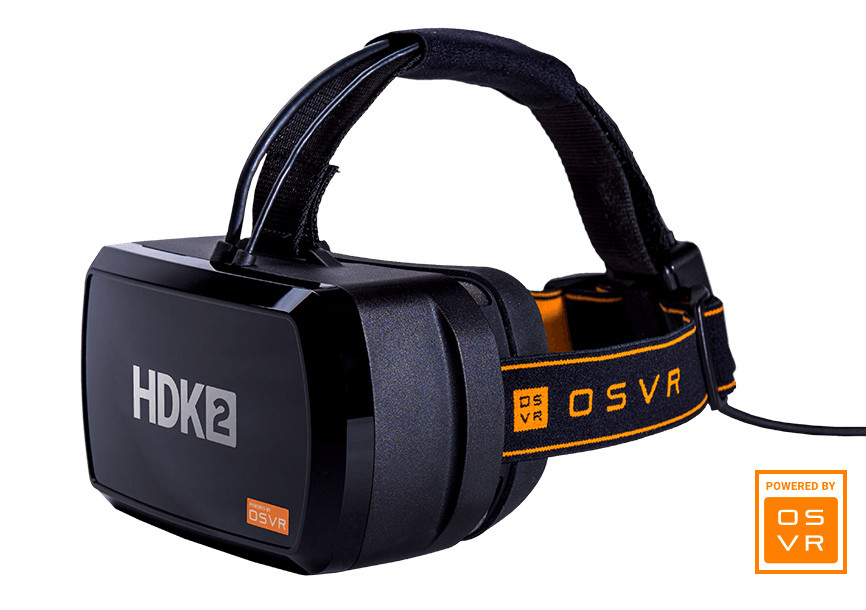
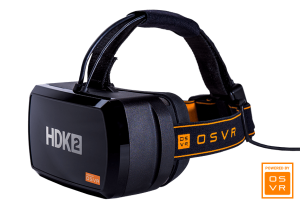 A few weeks ago was able to test the Hackers Development Kit 1.4 from Razer. The result was somewhat disappointing, so Razer assisted to show me their latest model. The new hacker’s development kit has some improvements over the earlier version. I named as the biggest minus the horrible screen of the HDK1 and that is the main upgrade of the HDK2. On paper the HDK2 is now comparable, if not better, than the Rift and the Vive. I’ve taken the HDK2 to the test.
A few weeks ago was able to test the Hackers Development Kit 1.4 from Razer. The result was somewhat disappointing, so Razer assisted to show me their latest model. The new hacker’s development kit has some improvements over the earlier version. I named as the biggest minus the horrible screen of the HDK1 and that is the main upgrade of the HDK2. On paper the HDK2 is now comparable, if not better, than the Rift and the Vive. I’ve taken the HDK2 to the test.
In the last review (which I only published in Dutch), I criticized the OSVR as a consumer headset. I’ve done that because others consumers see the HDK as a cheap alternative to the Rift and Vive. Razer helped me out of that illusion. They clearly stated that the HDK is designed for developers and semi-professionals who like to hack hardware and software. You need quite a bit of technical knowledge if you want to use the OSVR (Open Source Virtual Reality). If words like open source, GitHub, GNU, firmware, C#, or Unity don’t mean you anything, then you better stay away from this headset and buy a Rift or Vive.
Do you like programing an Arduino or can you spent days scripting Unix files on your Rapsberry Pi, then OSVR is something you can consider. Open source gives you freedom. You are not bound by rules and conditions. Also website like WEARVR get a chance to grow without the company software distribution platforms, I see that there are appearing more OSVR games every week.
Are you not a programming hero yourself, but you know your way, it is also possible to use existing scripts. That way you can also you do a lot of fun tricks. For example, you can use the Oculus Rift sensor instead of the OSVR sensor. If you have an Vive, you can use the Vive Controllers with the HDK headset. There are also scripts available for the PlayStation Move controllers and It will only be a matter of time until the VR Oculus Touch controller can be added to this list.
What’s in the box
I hope it is now clear that the hacker’s developers kit 2 is a different story than a Rift, Vive and PS VR. It is time to discuss the rest of the headset, starting with unpacking the box.
The OSVR is packed in a brown cardboard box which is bit similar to the Oculus Rift DK2 box. Left in the box I found the headset and the so-called belt clip. Right I found the manuals including two boxes. In one box is the positional tracker with tripod in the other the box adapter. Under the boxes I found a big bunch of cables and a cleaning puff brush.
The positional tracker and belt clip need to be connected USB port on the PC. Between the IR camera and the belt clip is a 3.5mm mini jack connection and attached to that cable is an adapter jack. This cable is connected to the belt clip. The other side of the belt clip is connected to the headset itself, there is an extra USB port on the belt clip, this is probably for devices such as a Leap Motion. You will also find a 3.5mm jack connector for headphones. OSVR uses their own integrated surround sound Audio codec. It’s not easy, but anyone with a little technical understanding is able to connect all the wires.
Hardware
Time to discuss the hardware. I complained a bit about the first HDK’s screen. The new dual display in the HDK2 has a combined resolution of 2660 x 1200 pixels and is able to produce 90 frames per second. The RGB-OLED display has 441 PPI, that makes it on this paper the best screen that has been placed in a VR headset. The Rift and Vive use PenTile display with two sub-pixels per pixel. PlayStation VR and HDK2 use an OLED RGB display with three sub-pixels per pixel. PlayStation VR used a resolution of 1920 × 1080 and HDK2 a resolution of 2160 × 1200. If I do a brief calculation I came to these number:
- Rift / Vive: 2160x1200x2 = 5,184,000 pixels
- PSVR: 1920x1080x3 = 6,220,800 pixels (20% more pixels)
- HDK2: 2160x1200x3 = 7,776,000 pixels (33% more pixels)
Feel free to correct me if I’m wrong. In addition, they have brought a silver layer on the display to reduce the screen effect even more.

Lenses
The lenses are different than the flannel Lenses from the Rift and Vive. Razer has chosen a dual lens system. I noticed that these lenses didn’t suffer from the known godrays (the reflecting light onto the lens), but they give a somewhat distorted picture. It’s like you’re looking underwater. Another problem that comes with the dual lenses is the weight, they are a lot heavier than the flannel lens. The field of view should be 110 degrees and it is fine, though I clearly see the edges of the plastic case. Something I have not seen to date in other VR headsets.
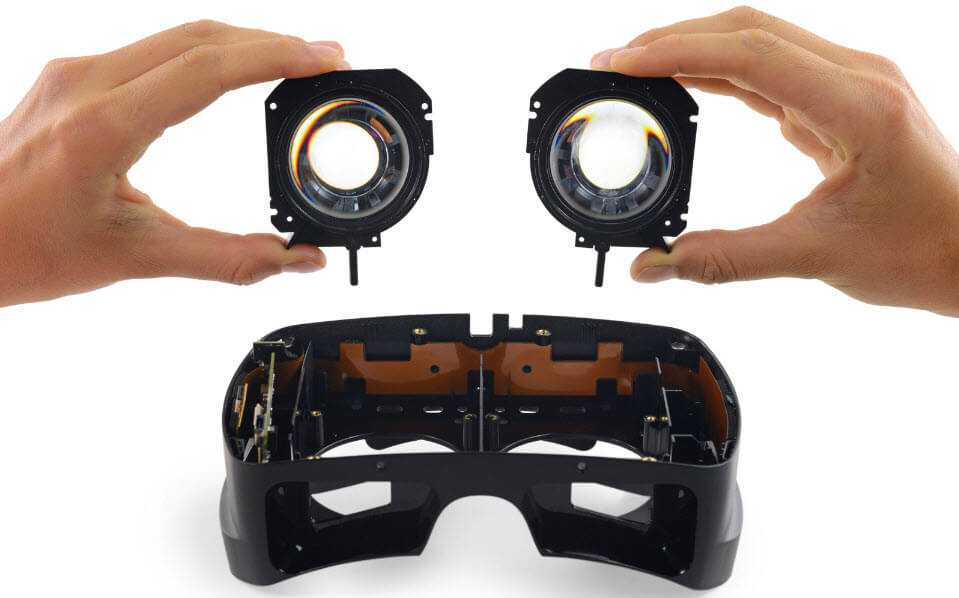
Controllers
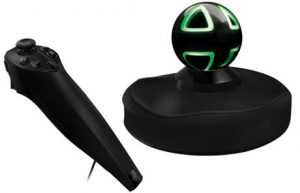 OCSVR doesn’t delivered controllers with HDK2. Razer want the user and the developer to be free in their choice. The Razer Hydra controllers are used by many developers as an alternative. Unfortunately, I didn’t have the chance to try the Hydra controllers.
OCSVR doesn’t delivered controllers with HDK2. Razer want the user and the developer to be free in their choice. The Razer Hydra controllers are used by many developers as an alternative. Unfortunately, I didn’t have the chance to try the Hydra controllers.
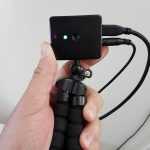 IR positional tracking camera
IR positional tracking camera
The positional tracking camera can see an area of approximately 2.4 to 2.7 meters. That’s fine for standing experience, but walking around is not an option. You can turn full 360 degrees thanks to a box with IR LEDs that sits behind the headset. The tracking system needs a lot of improvements. The camera losses the headset frequently. It also doesn’t follow smoothly, but jumpier. If Razer manage to fix this, the OSVR can be a serious alternative.
system Requirements
Razer gives the same advice as Facebook and HTC and advices minimal a NVIDIA GeForce GTX 970 or Radeon R9 280 as a graphics card. They advise to use at least 8GB of RAM and an Intel Core i5-4590 CPU. To connect all the hardware, you need at least two USB 2.0 ports and a free HDMI 1.3 port.
Software
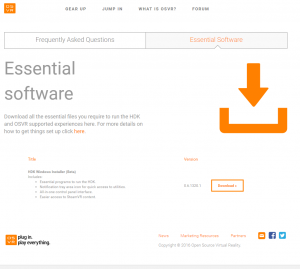 On the website www.osvr.org you will find the Runtime Setup including all the essential drivers, tools, software and scripts. With this installation all the necessary files are properly installed and you can start using the HDK2. The software works differently than what we are used to so far. Before you can start an application you will need to start the OSVR server. This can be done by clicking on the OSVR system tray icon. The OSVR Server is the heart of the Runtime software and responsible for various functions such as communications between the hardware and software, loading of plug-ins and rendering the pipeline. You always need to start the server first. Before starting the OSVR server for the first time, you have to do some configuration in the OSVR control panel.
On the website www.osvr.org you will find the Runtime Setup including all the essential drivers, tools, software and scripts. With this installation all the necessary files are properly installed and you can start using the HDK2. The software works differently than what we are used to so far. Before you can start an application you will need to start the OSVR server. This can be done by clicking on the OSVR system tray icon. The OSVR Server is the heart of the Runtime software and responsible for various functions such as communications between the hardware and software, loading of plug-ins and rendering the pipeline. You always need to start the server first. Before starting the OSVR server for the first time, you have to do some configuration in the OSVR control panel.
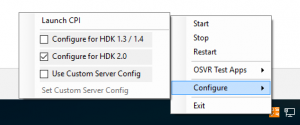 You can easily open the control panel using the OSVR system tray icon. In the control panel you can adjust various settings, check the firmware, upgrade the firmware, enable the HMD, Toggle Side by Side, enter your Interpapillary distance, recenter your headset and choose between direct and extended mode. By enabling extended mode, the headset works as an additional display and by using direct mode software will be directly communicating with the headset. In some cases, extended mode works better than direct mode. After filling in the necessary data it is time to setup steam.
You can easily open the control panel using the OSVR system tray icon. In the control panel you can adjust various settings, check the firmware, upgrade the firmware, enable the HMD, Toggle Side by Side, enter your Interpapillary distance, recenter your headset and choose between direct and extended mode. By enabling extended mode, the headset works as an additional display and by using direct mode software will be directly communicating with the headset. In some cases, extended mode works better than direct mode. After filling in the necessary data it is time to setup steam.
Gaming
This headset isn’t developed for the mainstream gamer, but it’s good to know that it is compatible with Steam VR. To use the headset with steam, you need to configure Steam first. On the YouTube channel RTPC Mod Life you can find a huge collection of guides for HDK and also a great guide on how to add the OSVR driver to Steam. It’s another an extra step before you can use the HMD, but it works.
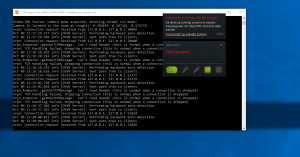 After setting up Steam you can switch the OSVR Sever on, Start SteamVR and start the VR game of your choice. Most Steam VR games are supported, but there is a small collection of games that work directly with the OSVR software. I was able to try with Radial G, which I tested earlier for the Rift and Descent. The native supported games work a lot better than the Steam VR games. Tracking is a bit better and the whole experience is a little bit smoother.
After setting up Steam you can switch the OSVR Sever on, Start SteamVR and start the VR game of your choice. Most Steam VR games are supported, but there is a small collection of games that work directly with the OSVR software. I was able to try with Radial G, which I tested earlier for the Rift and Descent. The native supported games work a lot better than the Steam VR games. Tracking is a bit better and the whole experience is a little bit smoother.
Once you start a native supported game you are asked which VR headset to use. Among that list is also OSVR. I didn’t play Radial-G and Descent to make a good evaluation. Since I played Elite Dangerous almost every day since the early days of the Rift DK2 I started this game for a fair comparison. The OSVR did well in this game. The picture is somewhat darker than Rift and Vive, but I also have less godrays. The text is still grainy, something I didn’t expect. This wasn’t the biggest issue playing Elite, the position tracking was! It is not working well enough to give you a nice experience. The headset slowly loses tracking and sometimes jumps around. You need to constantly press f12 to reset the position back in the correct place. Not very nice when you are in a fierce space battle. Still, the experience was better than expected. The whole performs isn’t as good as the Rift and Vive, but it certainly is better than the HDK1 and if tracking is fixed I think it can be a good alternative for some gamers.
Game engines
For developers OSVR supports many game engines and operating systems. Everything falls under the free Apache 2.0 license. So you’re not tied to any conditions. It is easy to integrate the HDK with your current projects. Razer published several tutorials for this and there also YouTube tutorials available. At the time of writing there is support for both Unity and Unreal Engine.
The experience
As mentioned, Razer made some nice improvements to the HDK2. The display of the HDK 1.4 was insufficient for a pleasant virtual reality experience. The result was that I felt dizzy, nauseous and really sick. For most people, like me, 90 FPS is sufficient. The picture in the HDK2 feels a lot calmer and moves a lot smoother. They also made significant progress in compatibility with Steam, easier to use software and configuration and compatibility with various game engines. Razer has not given up fight, but to join the big boys there is still a lot to do. Razer has no billions to spent on VR, it is open source and therefore it is up to the developers to let OSVR succeed. The HDK2 is a nice headset, but tracking is lacking! For developers, the HDK2 is an excellent entry-level model, but keep in mind that you will be spending time on solving issues.
final Verdict
OSVR is still in early development and the HDK2 a big step in the right direction. If razer can fix the tracking issues they might win a spot in the top segment VR headsets. I expect in time this can be solved, but for now it isn’t enough to deliver the best VR experience.
The HDK2 is availble for €499,99 euro, £399.99 pound or $399,99 US dollar.
Verdict 6.3 / 10
hardware 8/10
software 5/10
Developers Support 8/10
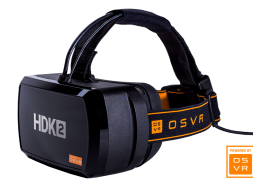


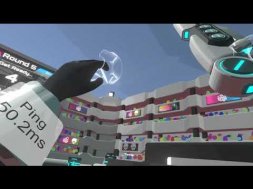


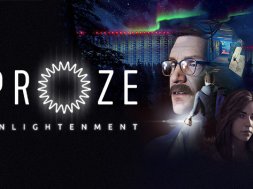










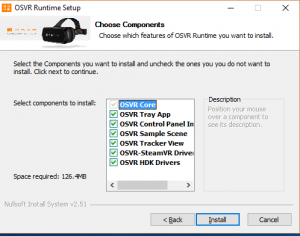
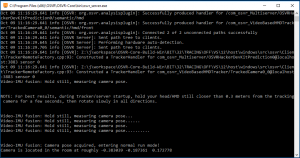
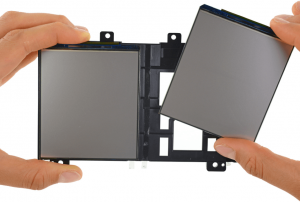
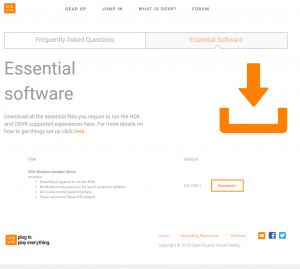
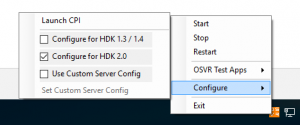
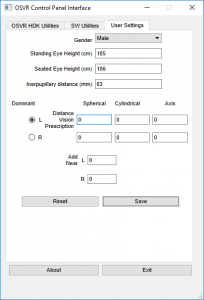
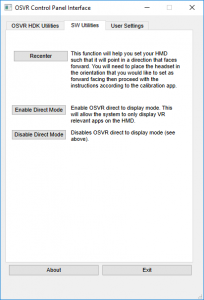
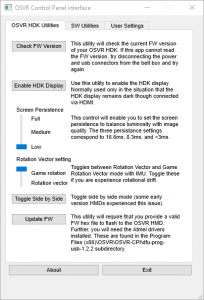
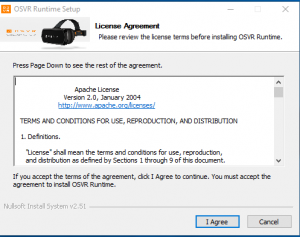
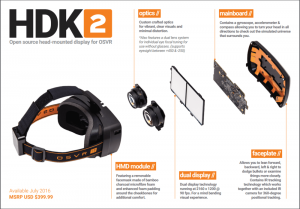
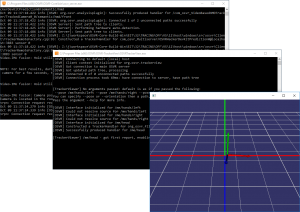
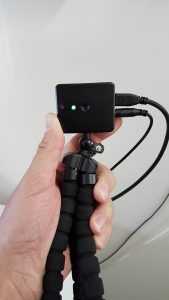
Hi Robbert,
Great review!
I am looking at doing some simple OpenGL development on c/c++ which I already do.
Is there good support for this? Can you recommend any website please?
Thanks, Richard
Hi Richard, not sure if Razer still supports this headset. My advice is to go for the Microsoft Mixed Reality headsets. You can find them a lot cheaper and they are much easier to dive in and the dev support is a lot better: https://github.com/Microsoft/angle/wiki